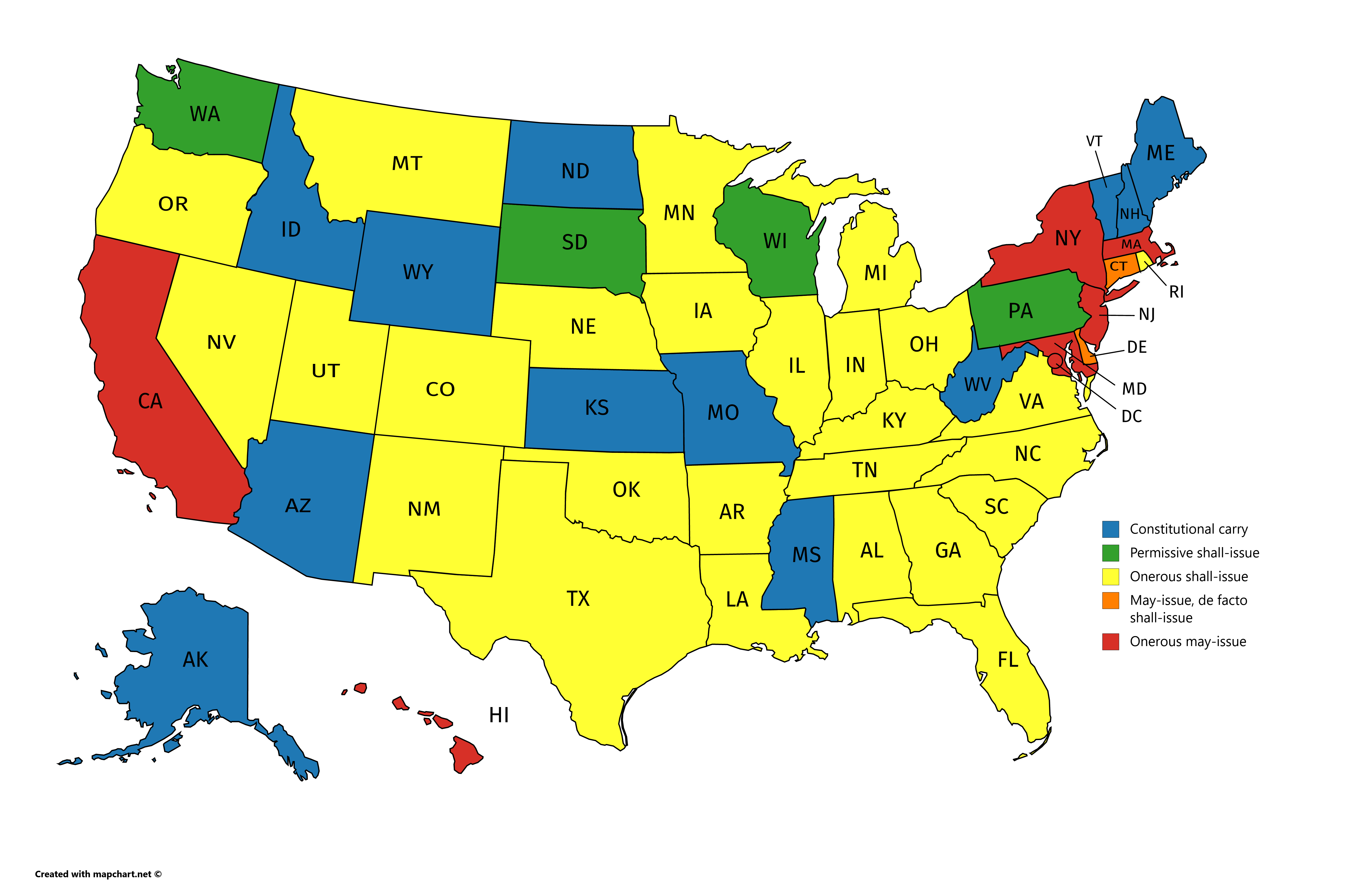I attended a pistol class this past Saturday. As ever, it was awesome. This time, I decided to try something a little different. I brought my Glock 17 with slide-mounted RMR. No compensator.
Knowing the instructors, I figured this class would focus on the short ranges typical of defensive handgun encounters for the CCW holder. I also knew this class would have plenty of unconventional presentations. I would not always start square to the target standing straight and tall. Plus, there would be plenty of mindset aspects that would ensure that I wouldn’t be focusing on my draw and presentation.
In short, this would be a great test of the RMR in conditions that wouldn’t be in its favor. To make this test as focused as I could, I used the same holster and weaponlight combo that I would normally use on my Glock 34.
I found that the RMR was, as expected, disadvantaged by class conditions. I found myself slower when I didn’t have a chance to focus on a good presentation, and when I wasn’t starting from the ‘standard squared-up draw’ that I practice a lot. Overall, the Glock 34 worked better in these class conditions.
Why is this? And why does the RMR work a lot better in the competition setting? In the competition setting, you get a draw once per stage, and there are many subsequent shots. These shots may be against very small targets, or targets at significant range. Here, even a slide-mounted dot can provide a noticeable advantage. Also, the draw is usually from a conventional, reasonably-squared off stance. So, in a competition setting, there’s a net advantage to the dot, even if your presentation isn’t perfect.
Clearly, I need some more practice with the red dot. Or, maybe everything is a compromise, and the dot may not always be the best choice for everyone all of the time.
